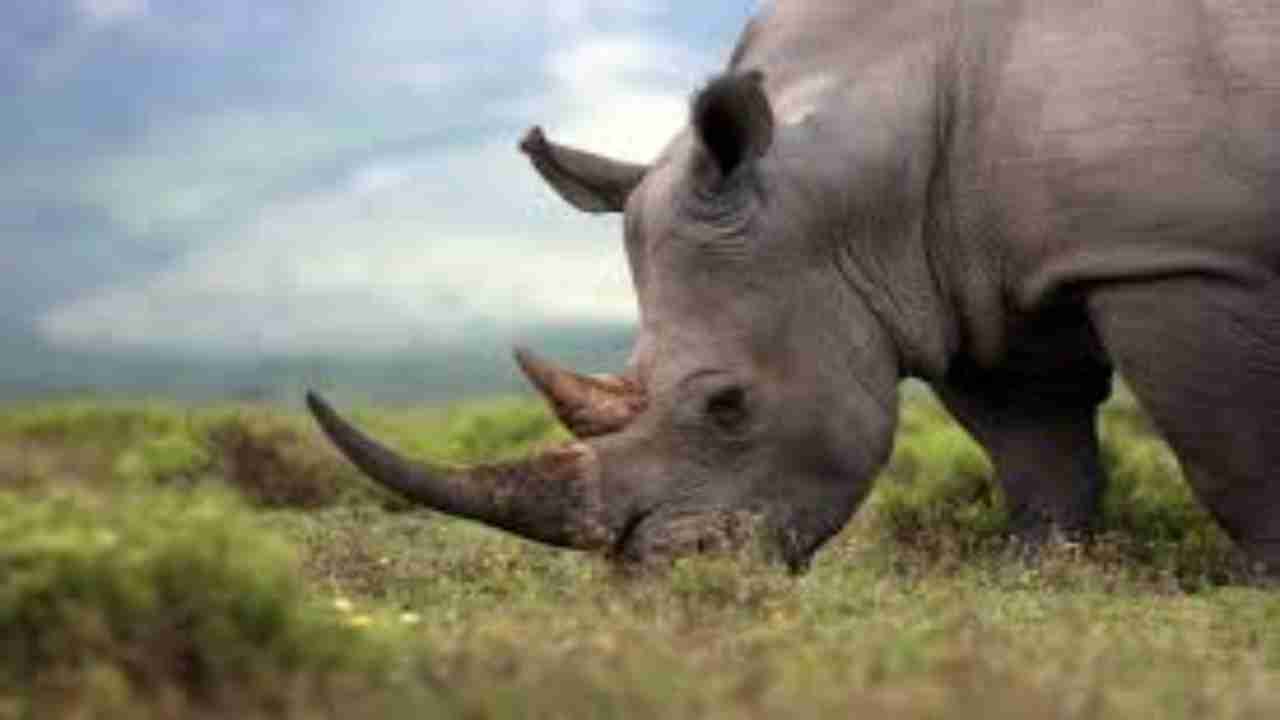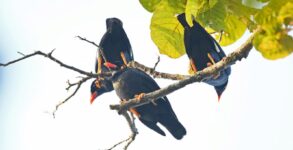World Rhino Day is celebrated annually on September 22 to create awareness for all five Rhino species namely Sumatran rhino, Greater one-horned rhino, Black rhino, Javan rhino and white rhino.
There are five species of rhino – white and black rhinos in Africa, and the greater one-horned, Javan and Sumatran rhino species in Asia.
This commemoration gives NGOs and case-related organisations to celebrate these majestic creatures, and raise awareness about the importance of rhinos in our ecosystem, how to care for them and how to support and admire them.
World Rhino Day 2021: Theme
This year, the theme of this international event is ‘Keep The Five Alive’, that is, black, white, greater one-horned, Sumatran and Javan.
World Rhino Day 2021: Significance
The Rhinos have reached on the verge of extinction due to climate change, poaching and disturbance in natural habitat. This day is celebrated to create awareness among people regarding the importance of this incredible species.
World Rhino Day: History
World Wildlife Fund-South Africa in 2010, announced to celebrate this special day on September 22. However, in 2011 the event got international recognition when Lisa Jane Campbell of Chishakwe Ranch in Zimbabwe and founder of Annamitici joined hands with creative director Rhishja Cota to create large-scale awareness to protect the species.
This year, the theme of this international event is ‘Keep The Five Alive’, that is, black, white, greater one-horned, Sumatran and Javan.
The Rhinos have reached the verge of extinction due to climate change, poaching and disturbance in natural habitat. This day is celebrated to create awareness among people regarding the importance of this incredible species.
The ongoing poaching of rhinos is due to the demand for their horn, which is used in traditional Chinese medicine and for other purposes among people in Asian countries. Rhino horn consists of keratin, which the same material is found in cockatoo bills, turtle beaks and horses’ hooves. The keratin in rhino horn contains amino acids such as cysteine, arginine, lysine, tyrosine and histidine as well as salts such as calcium phosphate and calcium carbonate.
There are 100s of species of rhinos that can be seen in various stages of history. However, most of them have been driven to extinction. Three of the five species, namely Black, Javan and Sumatran rhinos are also in the endangered category. In Africa, southern white rhinos once thought to be extinct, now thrive in protected sanctuaries and are classified as near threatened. But the western black rhino and northern white rhinos have recently become extinct in the wild.
Aside from magically getting to see one in one of the Indian subcontinent forests or a zoo.
Here are all the national parks where you can find the great Indian rhinoceros –
– Kaziranga National Park, Assam
– Pobitora Wildlife Sanctuary
– Jaldapara National Park, West Bengal
– Orang National Park, Assam
– Gorumara National Park, West Bengal
– Manas National Park, Assam
– Dudhwa National Park, Uttar Pradesh
It is, therefore, crucial to initiate conversations on these subjects and keep the rhinos safe. Here’s hoping that this World Rhino Day the population grows.


















